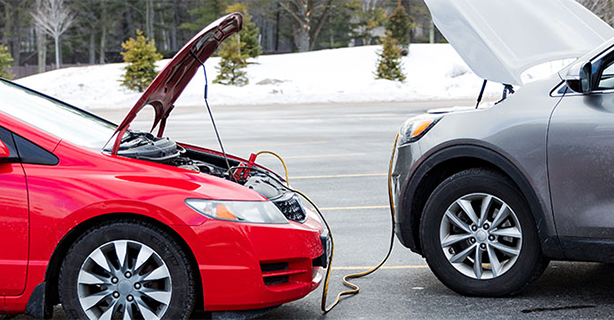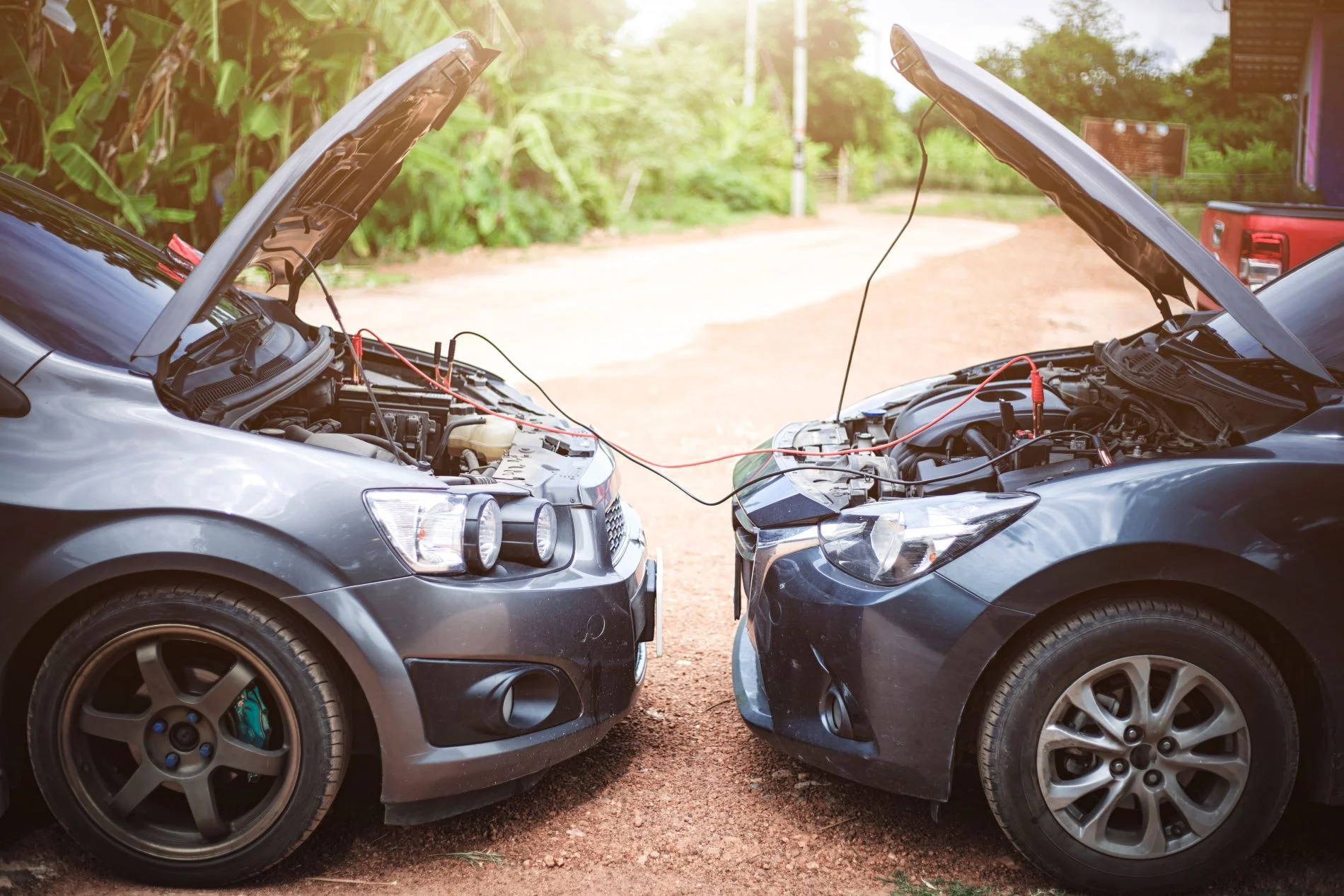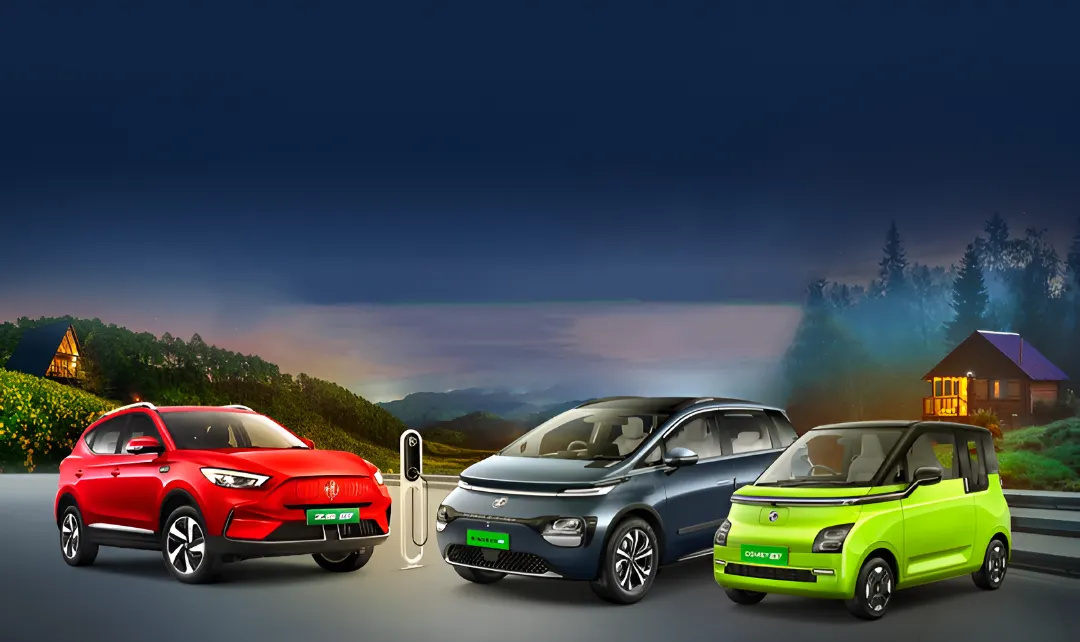Jump-starting your car can be straightforward if you follow the correct steps. This guide will walk you through the process to safely and effectively jump-start your vehicle, ensuring your car battery gets the boost it needs.

Step 1: Park the Second Vehicle Close
Begin by parking the car with the functional battery nose-to-nose with the car needing a jump-start, ensuring the jumper cables can reach both car batteries. Most vehicles have batteries in the engine compartment, but some have them in the trunk. Turn off the engine of the car with the good battery, raise the hoods of both cars, and locate the car batteries.

Step 2: Locate the Battery Terminals
Identify the positive (+) and negative (-) battery terminals on both batteries. The positive terminal is typically covered by a plastic cap and connected to a red wire, while the negative terminal is connected to a black wire. The jumper cable clamps are color-coded red for the positive terminal and black for the negative terminal.
While certain vehicles may have their batteries located in the trunk, jumper terminals can often be found under the hood. Consult the owner’s manual if needed for the exact location of the car battery terminals.
Step 3: Attach the cables to the battery terminals.
Ensure the jumper cable clamps do not touch each other. Place one end of the cable on the ground, keeping the red and black clamps separated. Hold the other end to connect to the dead battery. Begin by connecting the red clamp to the positive terminal of the discharged battery. Then, place the black clamp on a plastic part under the hood.
Next, attach the red clamp on the other end of the cable to the positive terminal of the good battery and the black clamp to the negative terminal. Avoid letting the clamps touch. Find a piece of bare metal under the hood of the car with the dead battery, such as an unpainted bolt, and attach the remaining black clamp to it.
Step 4: Start Your Engine
Ensure the jumper cables are away from any moving parts like fans or belts. Start the engine of the car with the good battery and let it idle for two to three minutes, allowing the dead battery to charge. Attempt to start your car. If it doesn’t start immediately, turn the key off and let the other car idle for another 10-15 minutes, then try again. If your car still doesn't start, the battery may be beyond repair and a jump-start may not be possible.
Step 5: Disconnect the Jumper Cables
Once your car starts, leave it running. Disconnect the jumper cables by first removing the black clamp from the bare metal connection, followed by the red clamp from your battery’s positive terminal. Place the clamps on the ground, separated. Then, remove the red clamp from the good battery and finally the black clamp. Your car should now be jump-started and ready to go.
If It Happens Again
If your car fails to restart after driving for half an hour or more, you may have a deeper issue. The battery could be permanently dead or there could be a problem with your car's charging system. Repeated jump-starts won’t solve this problem. Visit a repair shop or dealer for a diagnosis, or take your battery to an auto-parts store for testing. If the battery is dead, you can purchase and install a new one.
By following these steps on how to jump-start a car, you can safely and efficiently get your vehicle back on the road. Remember, proper car battery maintenance is key to avoiding frequent jump-starts and ensuring your car battery lasts longer.
Also read: EV Waiting Periods in June 2024










